When we think about home insurance, the focus is often on the house itself, the roof over our heads, or the valuables inside. But what about the heart of the home — the kitchen? After all, it’s where we spend a lot of our time, cooking meals, hosting family gatherings, and making memories. With all the cooking, cleaning, and appliance use, kitchens are more prone to damage than we often realize. That’s where kitchen insurance comes into play.
What is Kitchen Insurance?
At its core, kitchen insurance is a specialized form of coverage designed to protect the contents and components of your kitchen. While it’s often bundled within broader home insurance policies, some insurance providers offer kitchen-specific plans to cover appliances, equipment, and other kitchen-related incidents.
Kitchen insurance can be a bit of a misnomer, as there is no separate, standalone kitchen insurance policy. Instead, it’s typically part of broader homeowners or renters insurance plans, with options to add extra protection for specific kitchen-related risks. It can also encompass liability for accidents that happen while cooking or maintaining kitchen appliances.
Why Do You Need Kitchen Insurance?
The kitchen is one of the most active and often-used areas in a home, making it vulnerable to various risks. Whether it’s a fire, water damage, or appliance failure, incidents in the kitchen can be costly and disruptive. Here are some of the main reasons why kitchen insurance (or kitchen coverage within a broader home insurance plan) is essential:
1. Protection Against Fire Hazards
The kitchen is the most common place in the home for fires to start. Cooking accidents, overheated appliances, or grease buildup can lead to a dangerous situation. With kitchen insurance, you’re covered if a fire damages your kitchen or spreads to other parts of your home. It helps you recover from costly repairs or replacements of damaged appliances, cabinets, and countertops.
2. Water Damage from Leaks or Flooding
Water damage is another significant risk in kitchens. Whether it’s a burst pipe, a leaking refrigerator, or a malfunctioning dishwasher, water damage can ruin floors, cabinets, and walls. Kitchen insurance can help cover the costs of repairs and replacements, ensuring that your home doesn’t suffer long-term damage from water-related issues.
3. Accidental Damage to Appliances and Equipment
From high-end refrigerators to built-in ovens, modern kitchens are full of valuable appliances. Insurance can protect against the unexpected, like a broken fridge compressor or a faulty stove. Depending on your policy, repairs or replacements might be fully covered, saving you from hefty out-of-pocket expenses.
4. Liability Protection
What happens if someone gets injured in your kitchen while they’re over for dinner? Kitchen insurance can help with liability coverage if an accident occurs, such as someone slipping on a wet floor or burning themselves while cooking. Liability insurance ensures that medical bills or legal costs don’t become an additional burden if someone is harmed on your property.
5. Protection for Custom or Expensive Features
If you’ve invested in high-end kitchen features like marble countertops, custom cabinetry, or a state-of-the-art range, you’ll want to ensure those are covered. Kitchen insurance can protect your investment by covering the cost of replacement or repair if your custom items are damaged.
6. Home Renovations and Remodels
Kitchens are often among the first rooms homeowners renovate. But kitchen remodels can sometimes lead to damage or accidents, particularly when plumbing, electrical, or gas systems are involved. Having coverage ensures that you’re protected from unexpected costs that could arise during these projects.
What Does Kitchen Insurance Typically Cover?
While each policy is different, here’s what you can expect from kitchen insurance:
- Appliance Coverage: Protection for essential appliances such as refrigerators, dishwashers, stoves, ovens, and microwaves in case of breakdowns, damage, or malfunction.
- Fire Damage: Coverage for the costs of repairing or replacing your kitchen if a fire occurs, whether it’s caused by an electrical fault or a cooking accident.
- Water Damage: Coverage for water-related issues, such as leaks or flooding, that could damage your kitchen’s structure or appliances.
- Liability: Protection against claims for personal injury or property damage that occurs in your kitchen, for example, if someone slips and falls while visiting.
- Theft and Vandalism: Protection for stolen or vandalized kitchen items, although this is typically covered under a broader home insurance policy.
Do You Really Need It?
If your current homeowners or renters insurance policy already covers kitchen-related damage and liability, you may not need to purchase additional coverage. However, if you have expensive kitchen appliances, custom fixtures, or an open-concept layout where your kitchen is more exposed to accidents, it might be worth considering additional protection.
Conclusion
The kitchen is more than just a space for cooking—it’s where life happens. From preparing daily meals to hosting friends and family, your kitchen sees a lot of activity. As one of the most essential and heavily used parts of your home, it’s crucial to ensure that your kitchen is protected from risks like fire, water damage, appliance breakdowns, and liability issues.
While “kitchen insurance” may not be a distinct policy, including kitchen coverage in your home insurance policy can provide peace of mind. It ensures that if the unexpected happens, you won’t be left with a hefty repair bill or worse—compromised safety. So, take a close look at your current coverage and make sure your kitchen is as protected as your other valuable assets. (Related Topics)
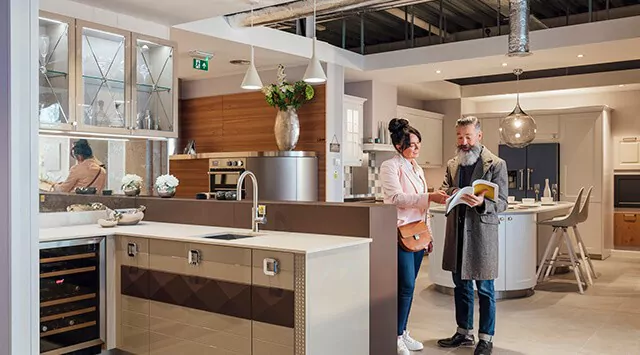
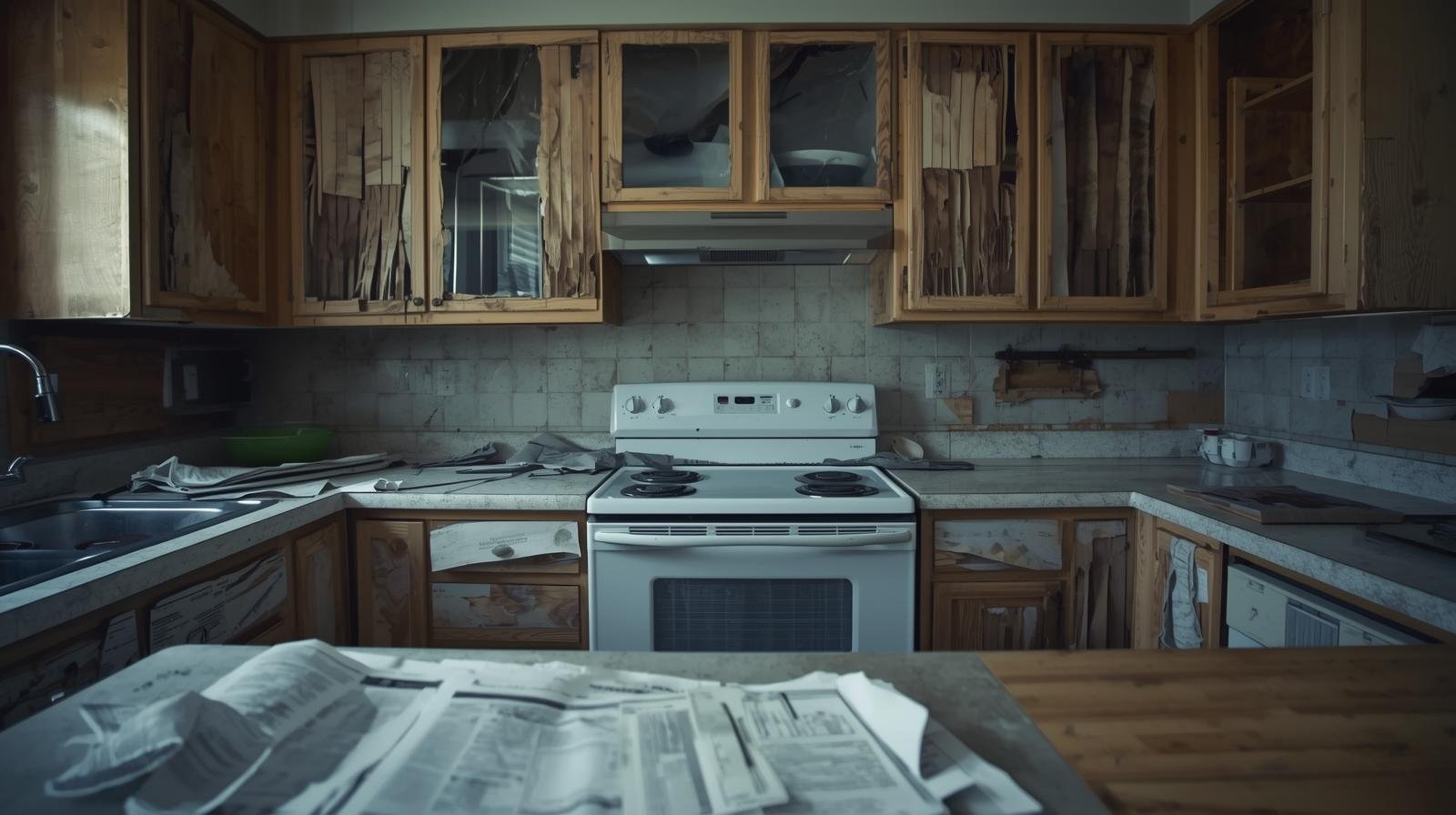
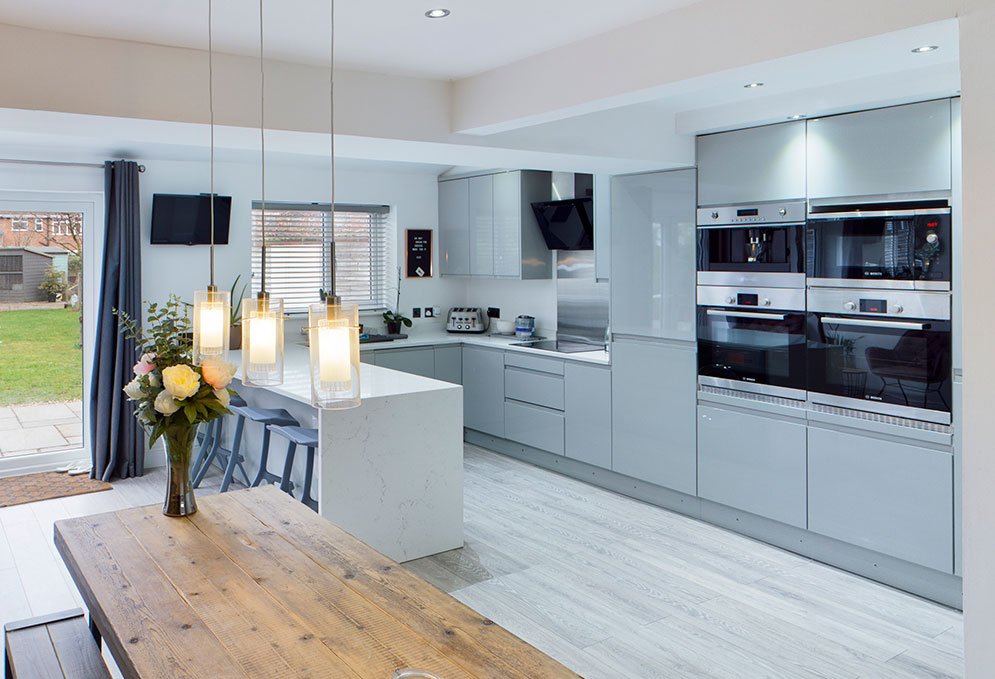
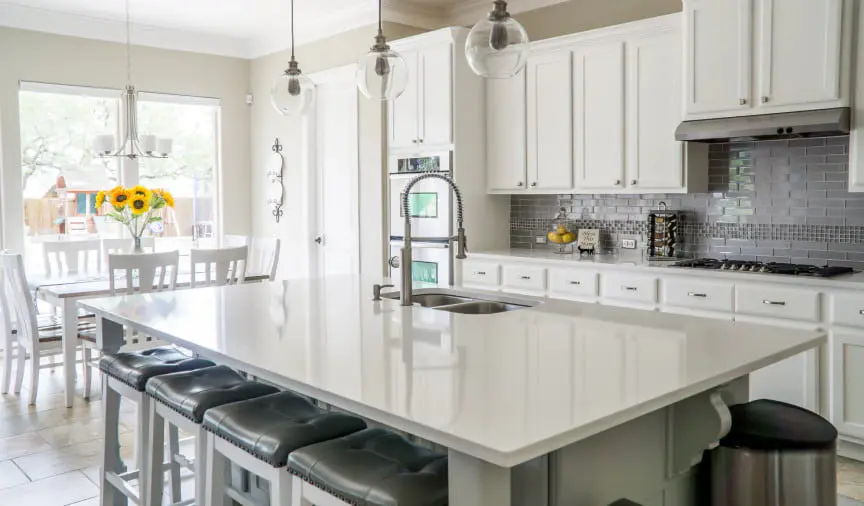
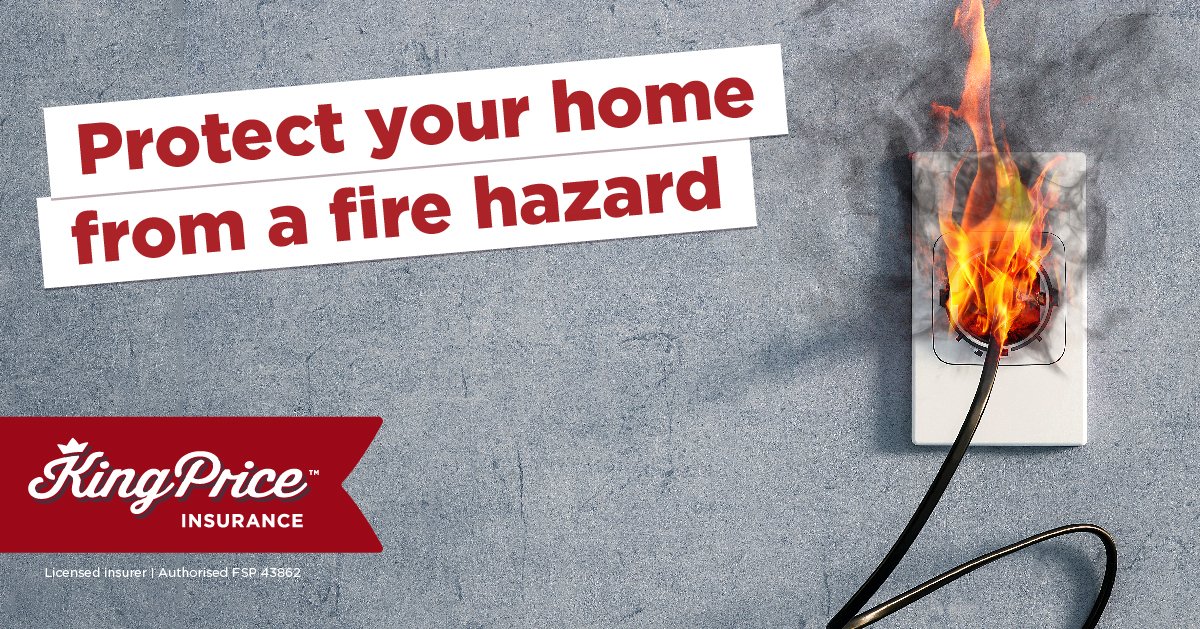
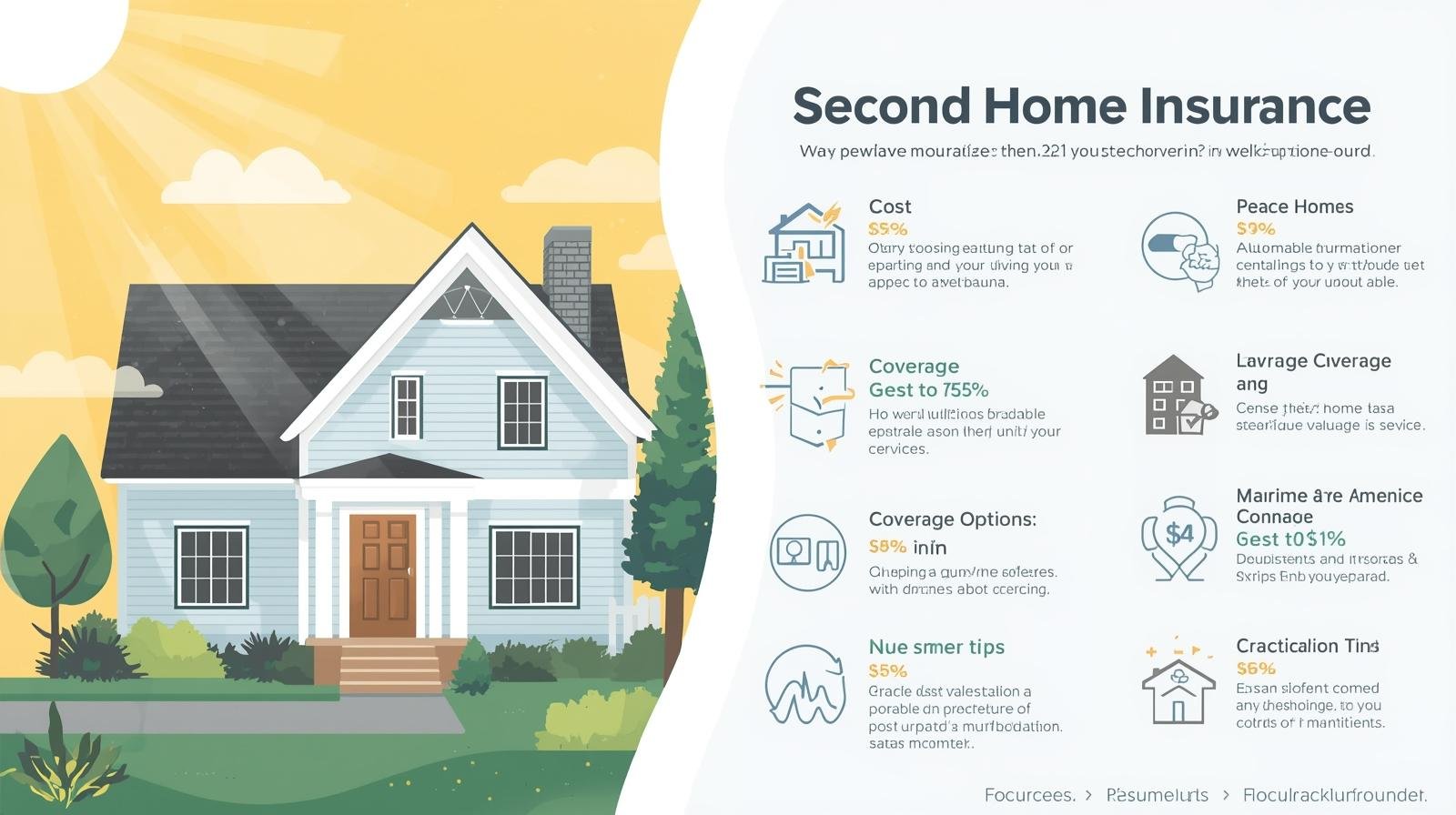
Leave a Reply